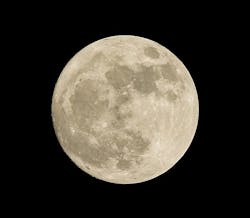China’s successful landing on the far side of the moon is a part of lunar history
Continue reading original article
The Intelligent Aerospace take:
January 4, 2019 -Koren's piece provides excellent context into the geopolitical history of lunar missions - manned and unmanned - as well a bit of Cold War space exploration history. She also covered China's past ambitions as well as its, pardon the pun, rocket-fueled rise in the aerospace world, as the Asian giant positions itself into a giant of space, as well.
Related: China launched more rockets into orbit in 2018 than any other country
Related: China aims to nearly double its number of civil airports by 2035
Related: Boeing delivers its 2,000th airplane to China
Jamie Whitney, Associate Editor
Intelligent Aerospace
Ready to make a purchase? Search the Intelligent Aerospace Buyer's Guide for companies, new products, press releases, and videos
